Historically, cows were among the most significant animals in human service and are among the most widely tamed animals.
This article will teach us about the most popular and fascinating types of cows breeds, out of the more than 250 recognized varieties.
-
- Holstein Cattle
- Dexter Cattle
- American Brahman Cattle
- Afrikaner Cattle
- Ankole Cattle
- Boškarin Cattle
- Aberdeen Angus
- Red Angus
- Texas Longhorns
- Tudanca Cattle
- Spanish Fighting Bull (Toro Bravo)
- Shetland Cattle
- Zebu Cattle
- Galloway Cattle
- Montbéliarde Cattle
- Maronesa Cattle
The scientific name for all cattle is Bos taurus, because, like dogs, they are all members of the same species yet have numerous subspecies.
1. Holstein Cattle
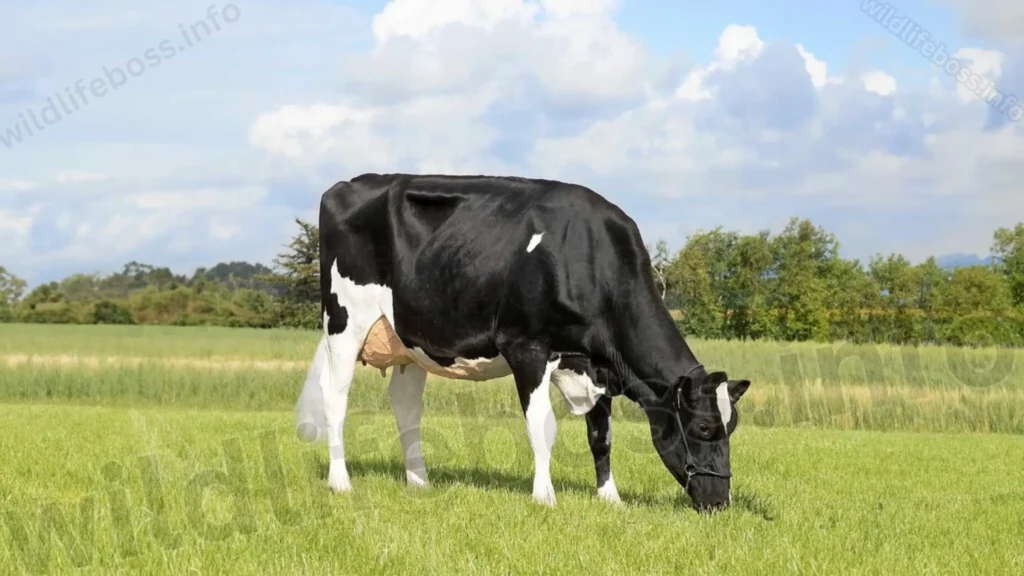
And while Holstein cattle have spread across 150 plus countries, the breed is actually the world’s biggest supplier of cows for milk. Their colour is red and black which makes them easily recognizable.
Holstein cows are typically dehorned as calves and can weigh up to 1,500 pounds as adults, with the exception of very large individuals.
This breed originated in the Netherlands and, due to its exceptional dairy product production, was swiftly introduced to nations all over the world.
2. Dexter Cattle
Dexter cattle are only around one-third the size of Holstein cows, which are enormous. In southern Ireland, where they were first reared, they frequently roamed the wilds without any protection.
However, this breed is in much better shape now, as it is regarded as a recovering breed and is quickly rising to the top of the cow population in the UK and Ireland.
Long-legged and short-legged Dexter cattle differ in certain ways, and they should ideally weigh fewer than 750 pounds, although they typically weigh less than 1,000. Although they are mostly black, some of them are red.
Their ability to produce more milk per unit of body weight than any other breed in the world is what distinguishes them from other breeds.
They are therefore well-liked by those who create their own dairy products because they yield a lot in return and need little room or attention.
3. American Brahman Cattle
The horns of American Brahmans are known to curl backward, and they are easily identified by their distinctively long ears and hump between the shoulders.
Originally from India, where they are revered as gods, they are also highly popular in the US. In some regions, it is illegal to purchase, sell, kill, or consume their meat.
Because they can tolerate extremely high and extremely low temperatures, Brahmans are a highly adaptable breed. In addition to being friendly and highly intelligent (in fact, they are among the most intellectual cows), they are also readily swayed and submissive.
4. Afrikaner Cattle
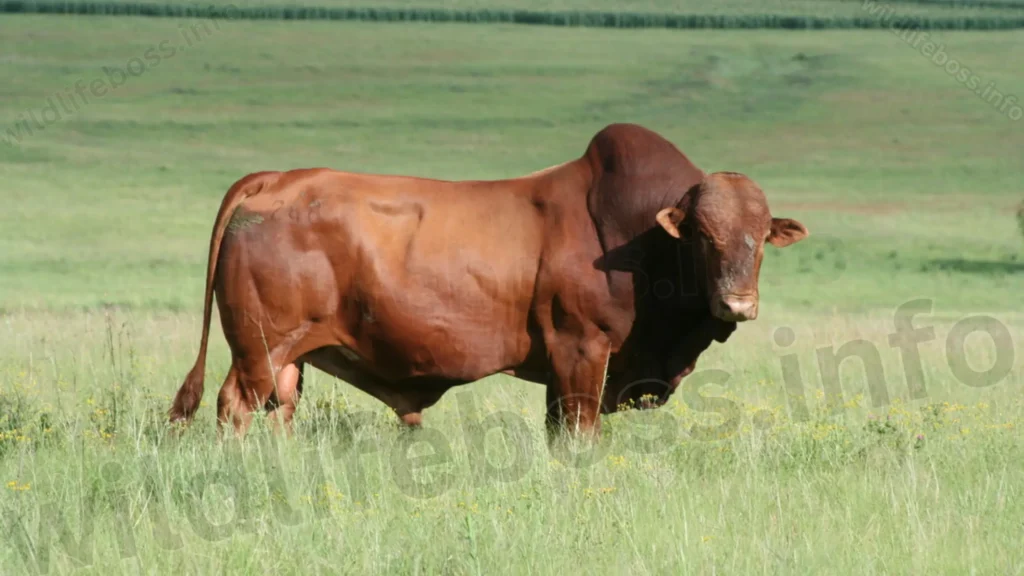
This breed of cattle originated in South Africa, where it was mostly utilized for meat and dairy products until evolving into draught animals. Breeders soon started breeding them especially for hauling wagons.
Afrikaner cattle is large breed and strong also in build. A bull can stand to be over 2000 kgs in weight and a cow more than 1150 kgs in weight.
They are perfectly suited to the hot African climate, despite their size. The horns of these cows are turned upward, making them easy to identify in Africa.
Sea Also: 10 Different Animals Like Cows (With Pictures)
5. Ankole Cattle
Another breed of African cattle is the Ankole cow, which is found in East and Central Africa. Kigezi, Ruzizi, Watusi, Bashi, and Bahima are the five regional subbreeds.
Their fur is primarily red, and they typically have very long horns that are directed upward.
In addition to producing little milk, Ankole cattle are not employed for wagon pulling or meat production. Rather, they are revered for their ceremonial roles and serve as status symbols in their tribes.
6. Boškarin Cattle
The Boškarin cattle, which are primarily bred for meat and dairy products, are only found in Croatia (with very few in Slovenia). Although they were nearly extinct at one point, their numbers are now increasing.
Because they are both robust, cows and bulls were also utilized for fieldwork and transportation. Cows weigh half a metric ton, however bulls can weigh more than that. Their tongue is distinctively blue and gray, and they are often gray.
7. Aberdeen Angus
Although this breed originated in northeastern Scotland, it has since expanded over the world, and it is now found in Argentina, Europe, North America, and Australia.
Because they can tolerate exceptionally low temperatures, these cows are known for their hardiness in Scotland.
Although they are rarely employed as working animals (bulls rarely weigh more than 1,900 pounds), they are mostly used for the production of meat and dairy products.
8. Red Angus
The red Angus got its name from the Aberdeen Angus, however the primary distinction between the two breeds is that the red Angus is distinctively red. Other than that, they are physically the same as Aberdeen Angus.
It is rare for these types of cows to be produced for dairy products; they are bred for meat products. They were only registered for the first time in 1917, therefore it took a long time for them to be recognized as an exceptional species.
9. Texas Longhorns
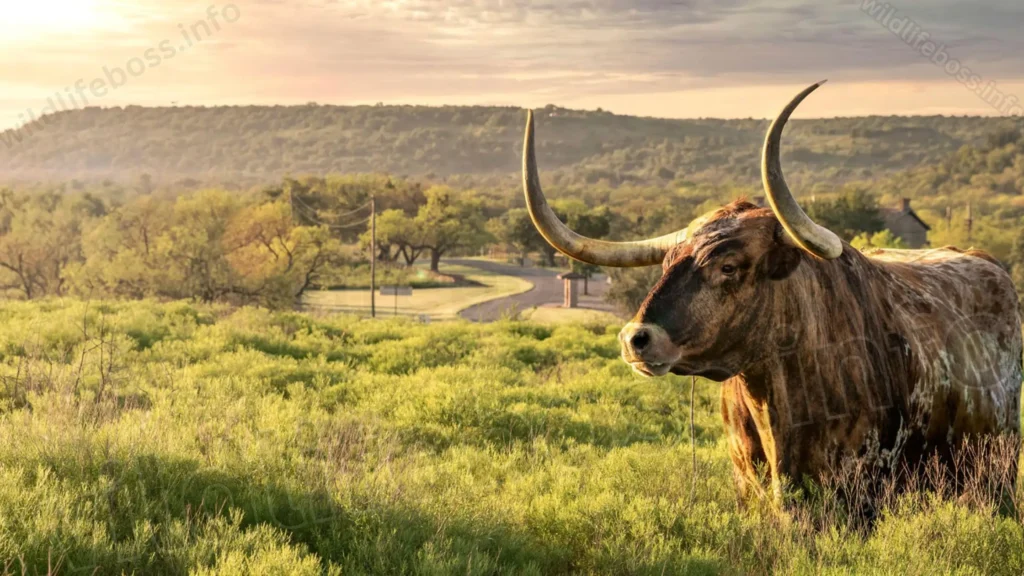
Because of their distinctively long horns, these types of cows are easily recognized (hence the name).
They have some of the longest horns in the animal kingdom, with exceptionally well-developed examples having horns that can span more than eight feet.
Animals are typically not identified by their coat color, which varies from one species to another. Although they are occasionally used for steer riding, these cows are mostly always bred for meat products in Texas.
10. Tudanca Cattle
This breed is traditional to Spain and originated in the north of the country. They are now bred for meat and traditional manifestations, particularly stone dragging, but their original use was transportation.
They are not big animals because the cows are nearly always lighter than 1,000 pounds, and the bulls hardly ever weigh more than that. Tudanca cattle were known for their delicious flesh, despite the fact that working cattle were no longer necessary following mechanization.
In Spain today, these types of cows are well-preserved and not in risk of going extinct.
11. Spanish Fighting Bull (Toro Bravo)
Because they are exclusively employed for bullfighting, these types of cows are only raised in Spain, Portugal, France, and a few Latin American nations. Originating in the Iberian Peninsula, they have been selectively bred to be aggressive.
The majority of bulls are huge, typically black or brown in appearance, and can weigh up to 1,500 pounds. The reason this incredibly athletic breed is employed in bullfighting is because they get aggressive when trapped.
Bullfighting bulls aren’t bred for any other purpose.
12. Shetland Cattle
Shetland cattle are found on the Shetland Islands, which are near Scotland. The bulls are medium in size, with horns pointed upwards, a hairy coat to assist them withstand chilly weather, and a maximum weight of 1,300 pounds.
They were originally bred for their longevity and disease resistance, but now they are raised for meat products.
It’s interesting to note that these types of cows produce milk and meat that are far higher in nutrients than those of the majority of other breeds.
13. Zebu Cattle
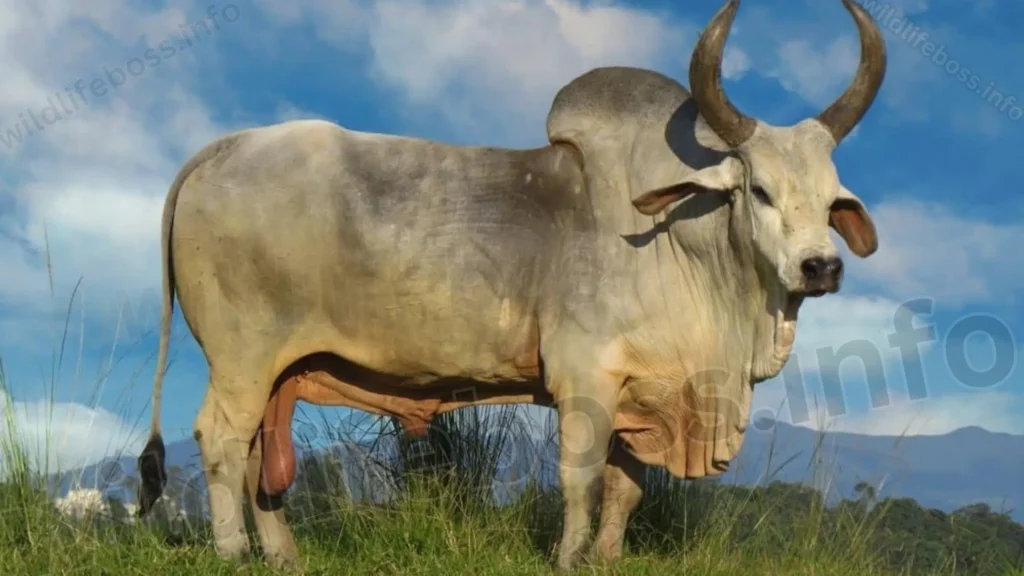
Zebu cattle are primarily revered in Hinduism for their great status; they are the subject of many stories, and some rituals involve their dairy products.
These Asian types of cows resemble the American Brahman in that they have humps and low-hanging ears, and they are known to be highly tolerant of hot temperatures.
These animals are utilized for draught and riding in addition to their traditional function, and their dairy products (as well as some byproducts) are used for food and other practical uses. They don’t work with meat products, though.
14. Galloway Cattle
The males of this breed of Scottish cattle can weigh up to a metric ton, and they hardly ever weigh more. It’s interesting to note that these animals develop a bone bump at the top of their skulls rather than horns.
They are also well-known for having exceptionally thick coats, which help them withstand the hard winters. The buffalo is actually the only animal with thicker hair. Cattle in warmer climates shed their coats continuously, but the coat sheds throughout the summer.
These days, the only reason these hornless types of cows are raised is for their flesh.
15. Montbéliarde Cattle
These types of cows are mostly found in eastern France, are bred for their cheese and other dairy products.
Their milk has a high protein content and the B variety of Kappa Casein, which makes it well-balanced for cheesemaking even if their beef is superior to that of Holstein cattle.
Bulls can reach up to 2,600 pounds, while cows weigh around half that much. These cows, which are similar to red Holsteins in France, are often white or white and brown in color, have hard feet, and can withstand harsh terrain.
16. Maronesa Cattle
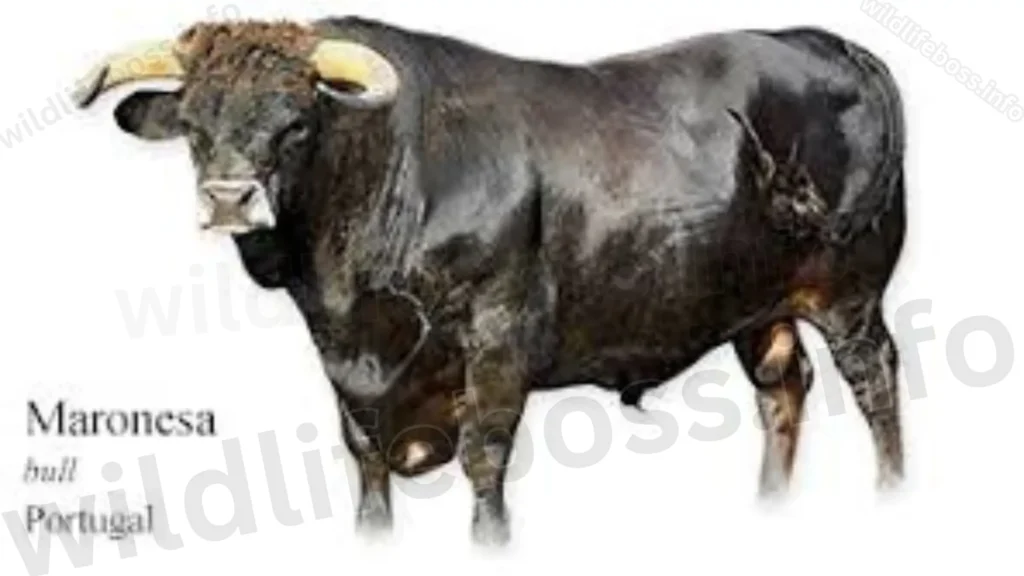
The last breed types of cows on the list is renowned for its draught ability and originated in Portugal. They have horns that point upward and forward, and they are incredibly muscular.
Because they were so strong, these cows were typically used for pulling in Portugal instead of producing dairy products. These animals are now employed to maintain the landscape in an attempt to lessen the amount of flammable stuff that exists in the wild.
Conclusion:
Cows are widely used by humans as working animals and for the production of meat and dairy products. The Spanish fighting bull, which specializes in combat performances, and the Montbeliarde cattle, which specialize in cheese manufacturing, are two examples of animals on this list that are extremely specialized for their particular uses.
As more people invest in sustainable breeds, like the Dexter or Shetland cattle, in an attempt to reduce costs and create a more environmentally friendly household, cows are seeing a return in popularity.
